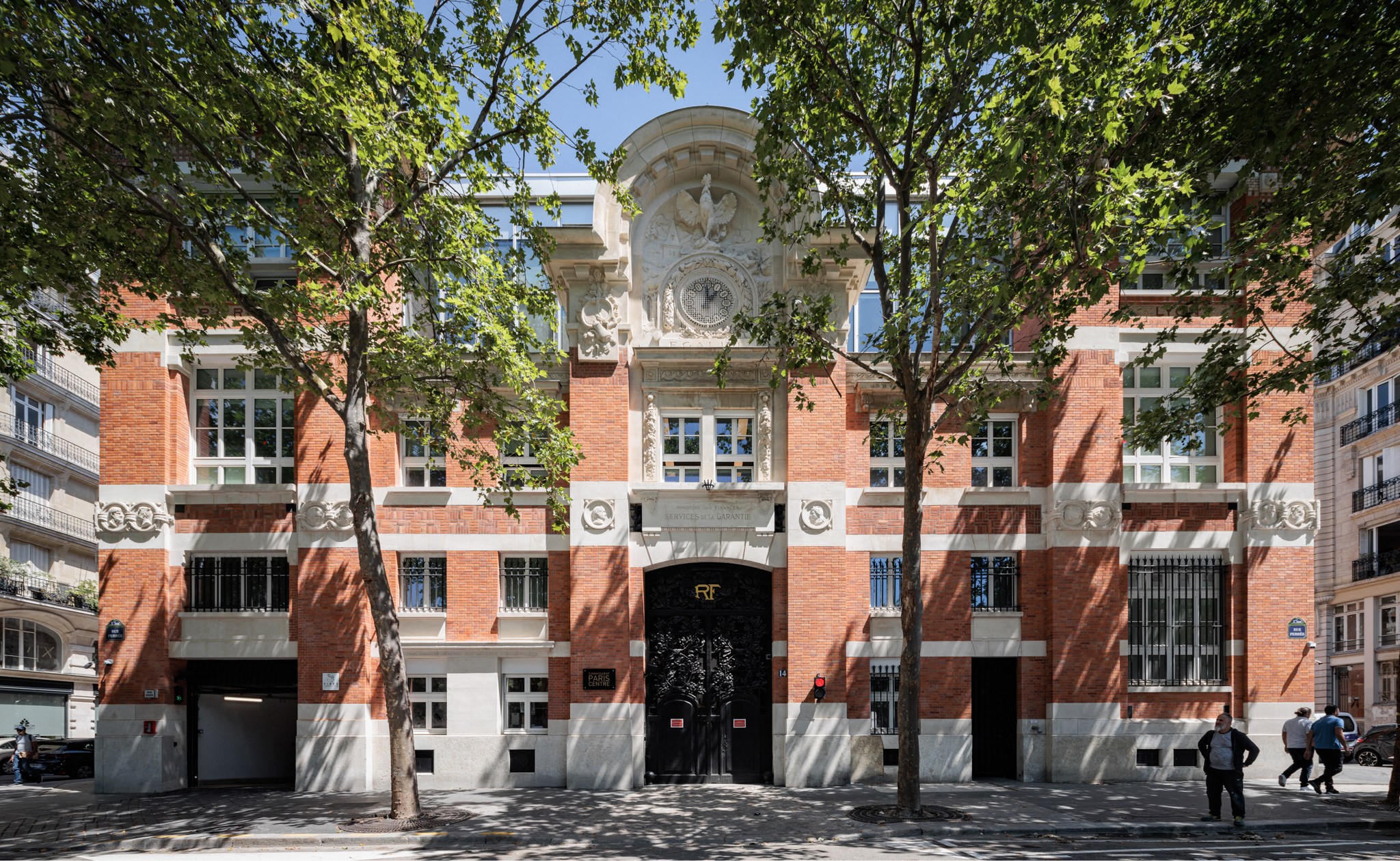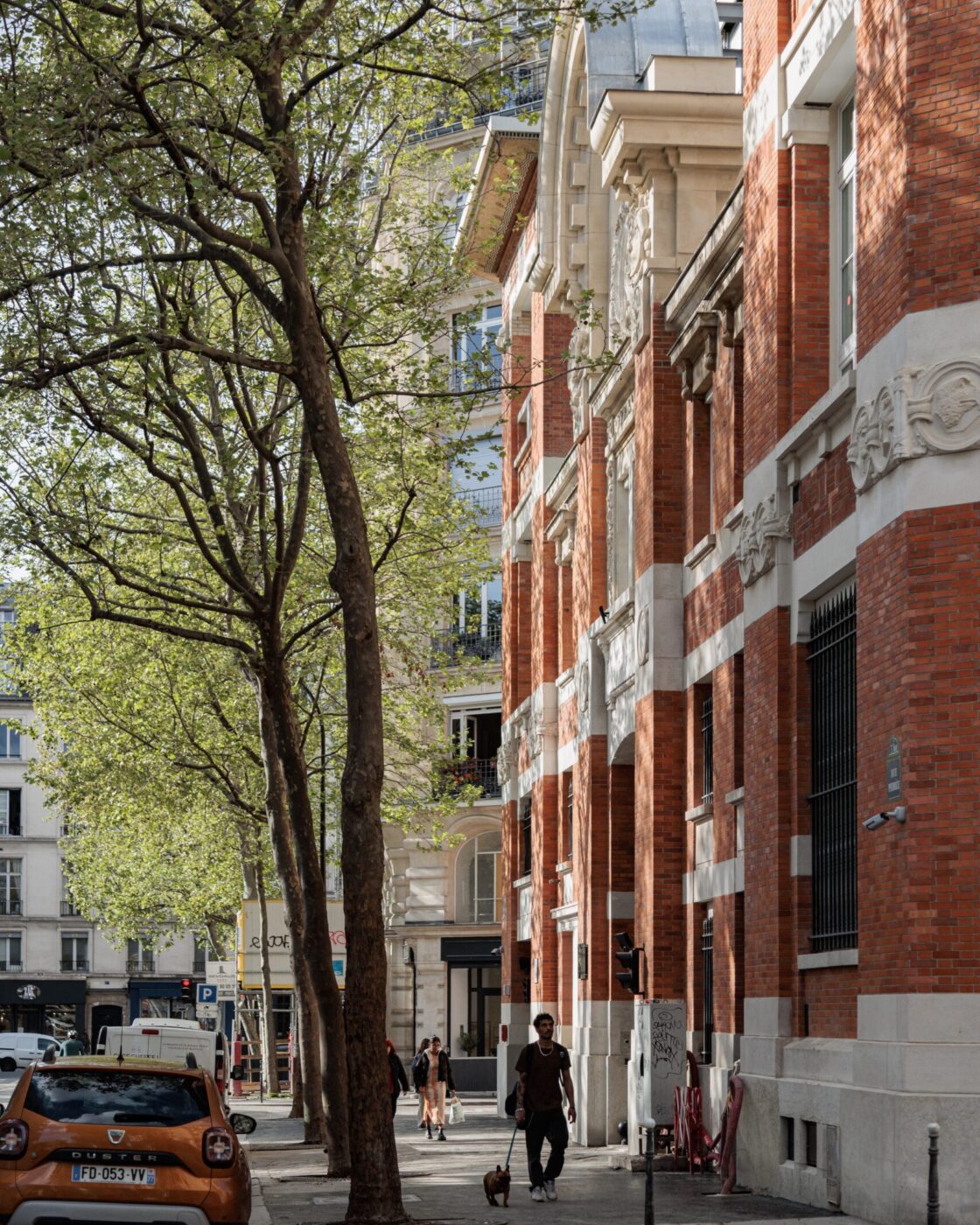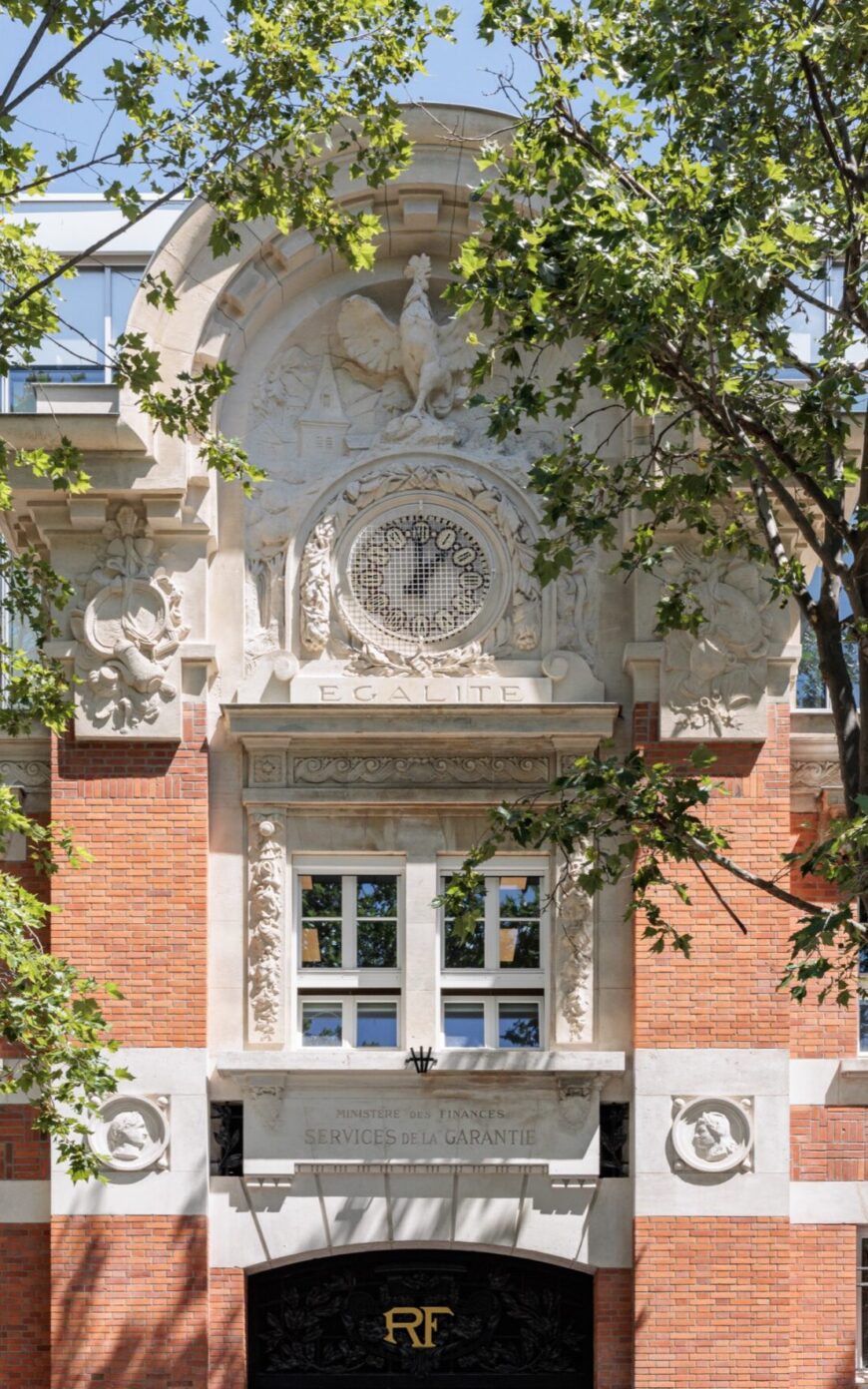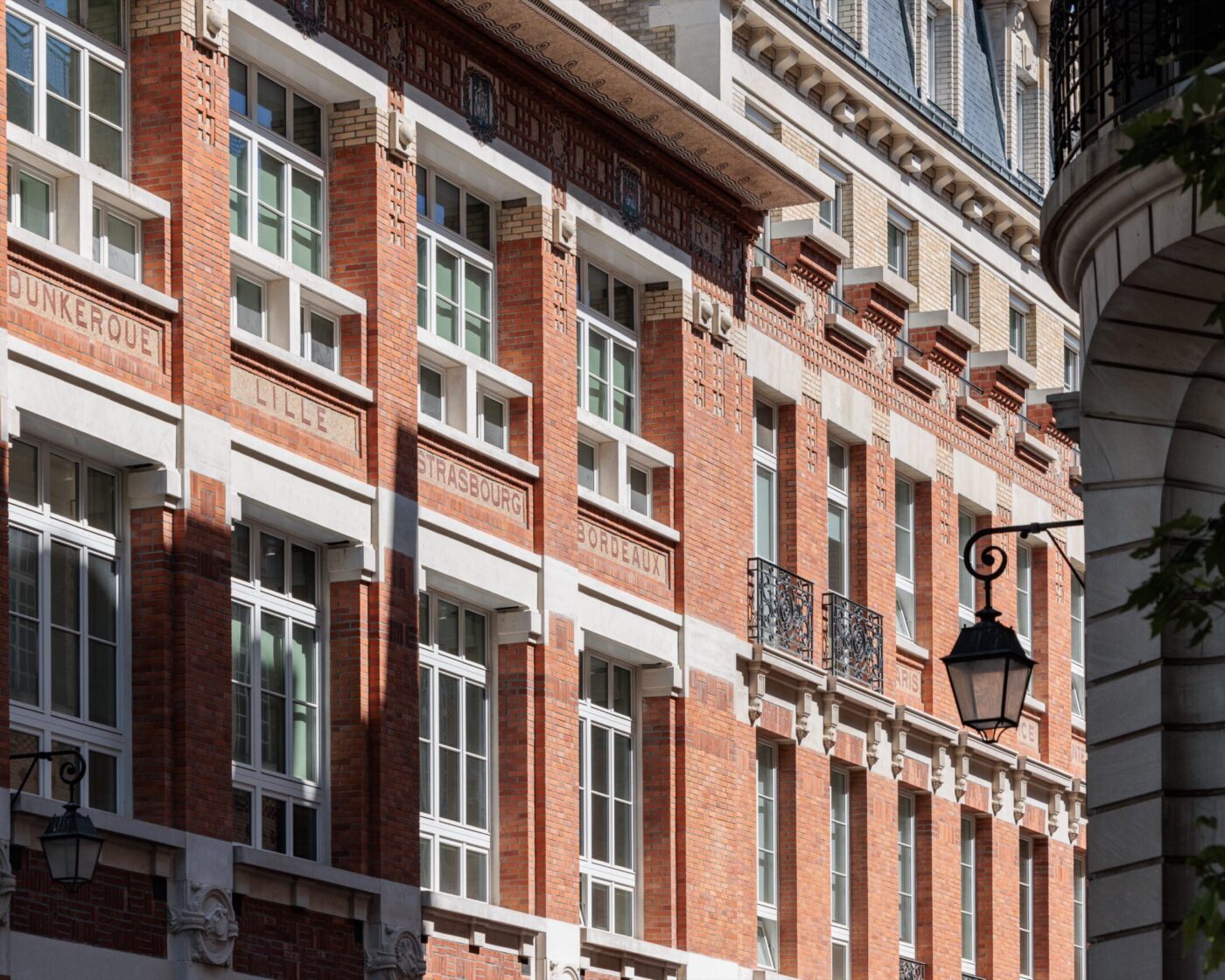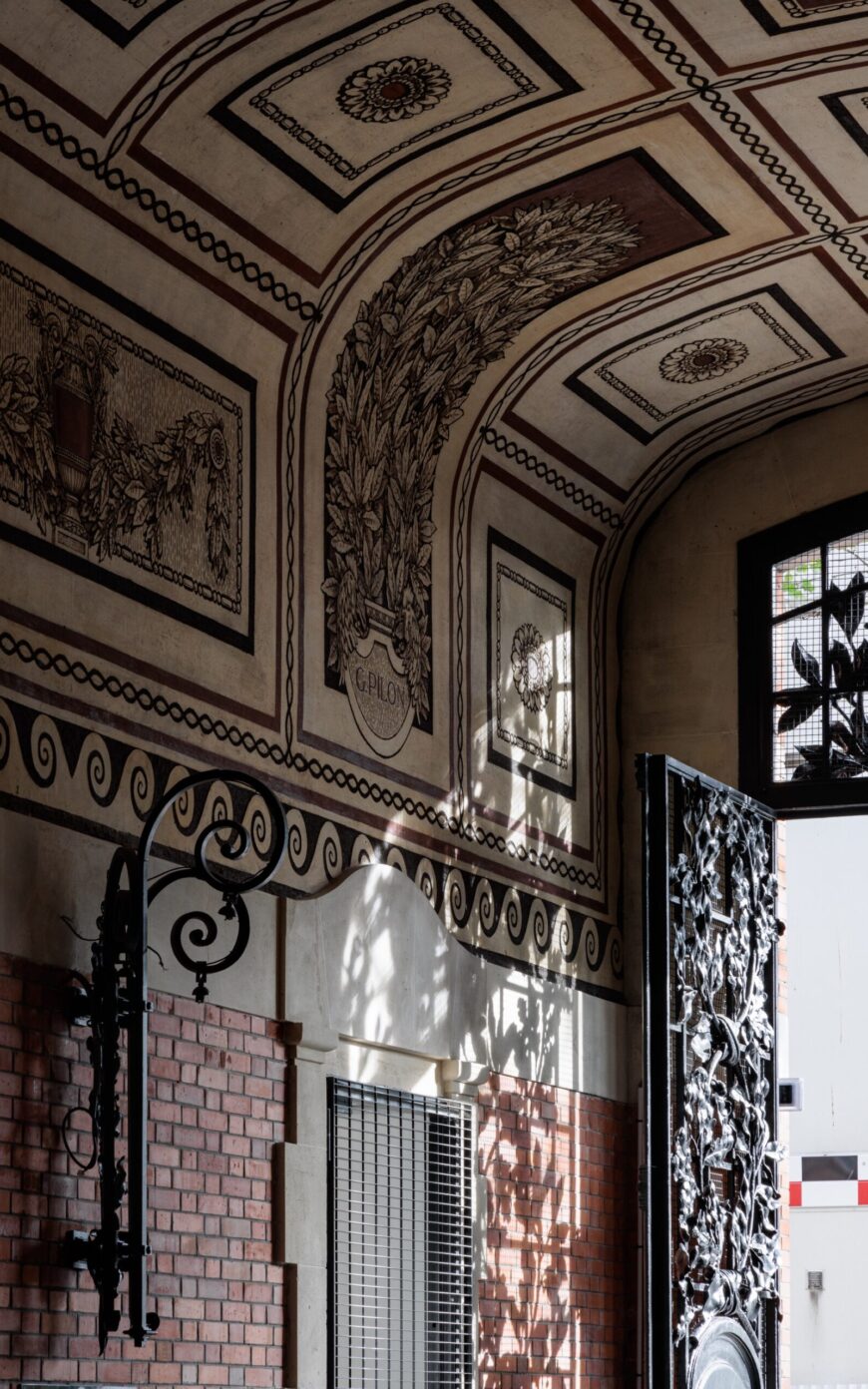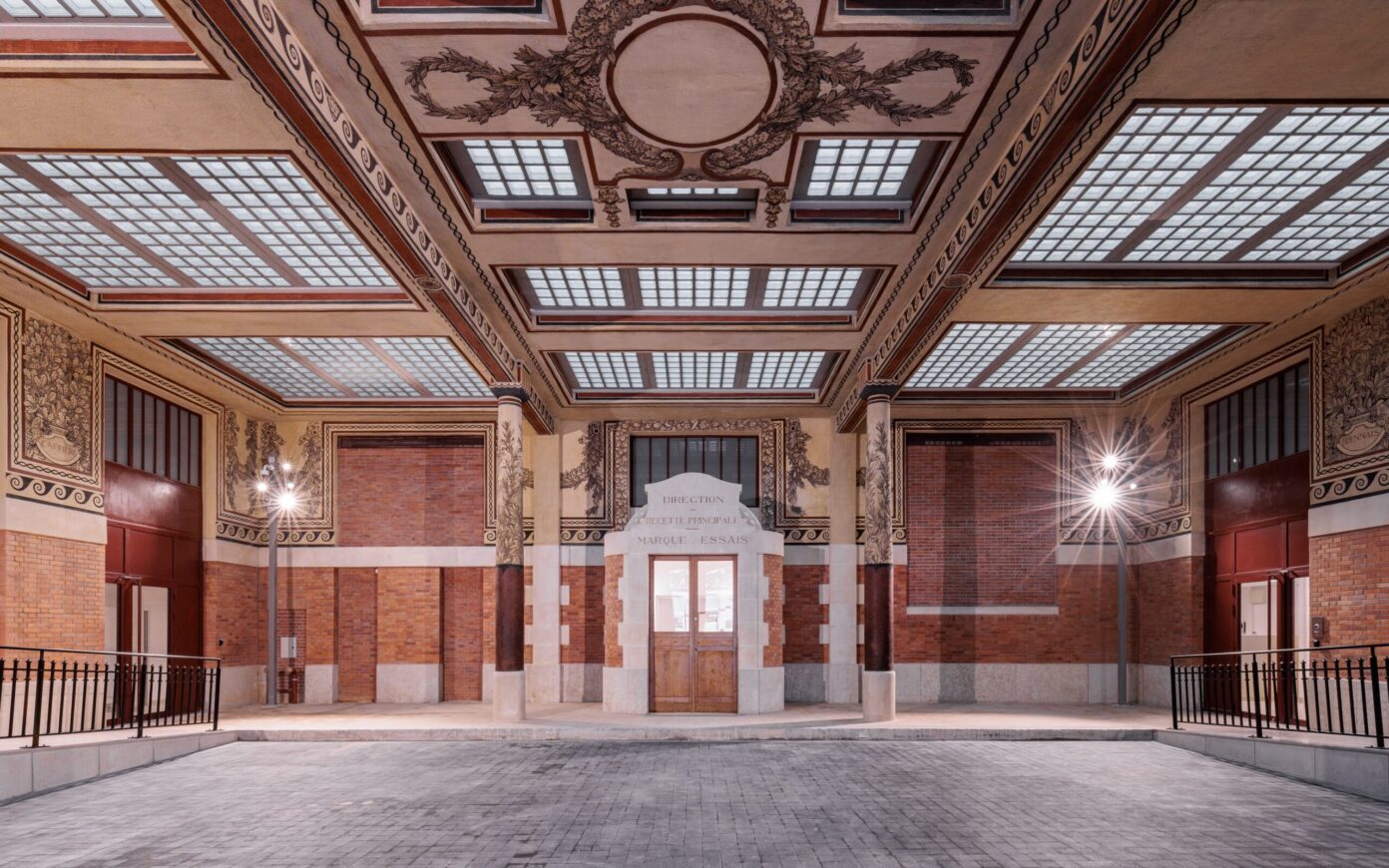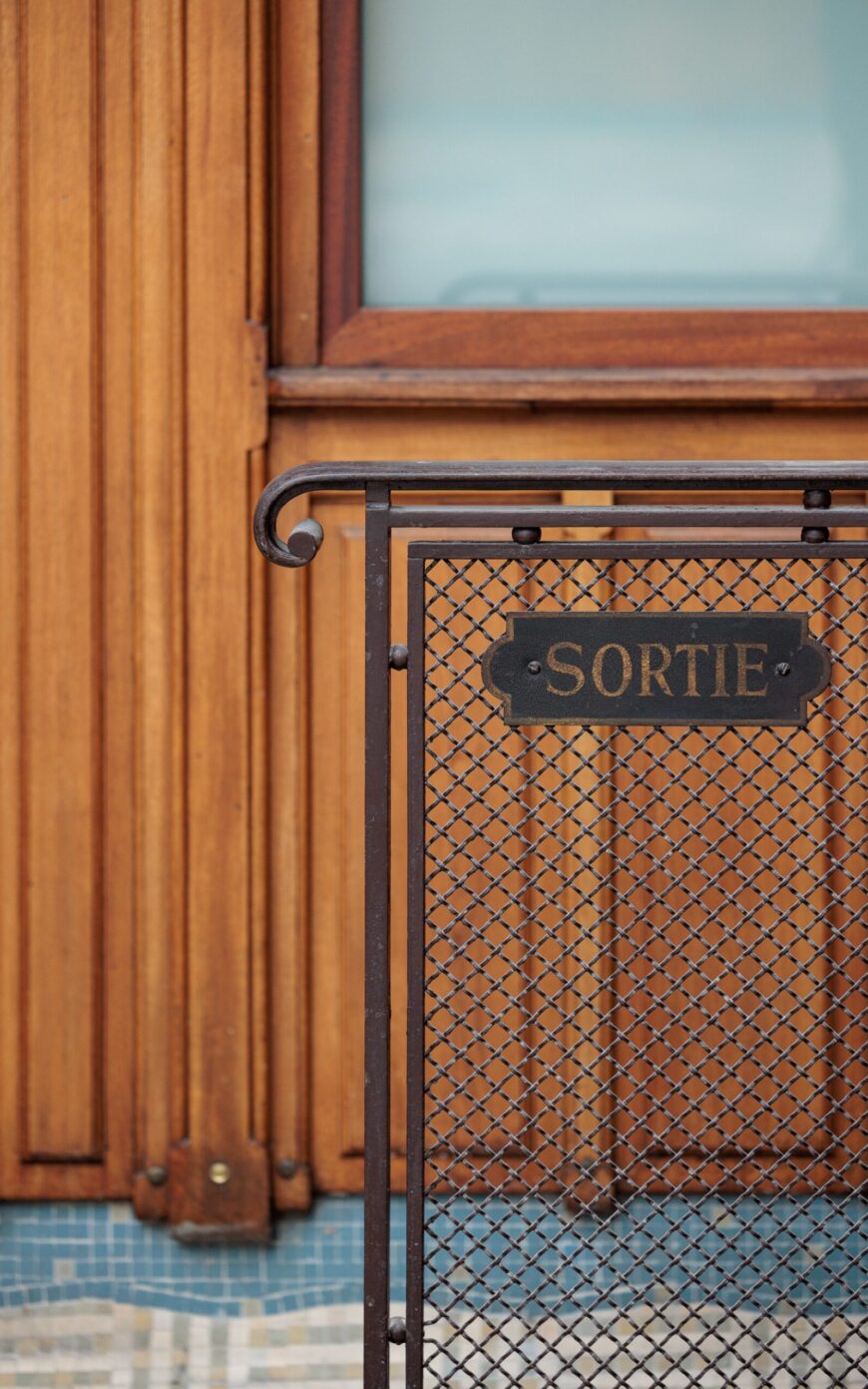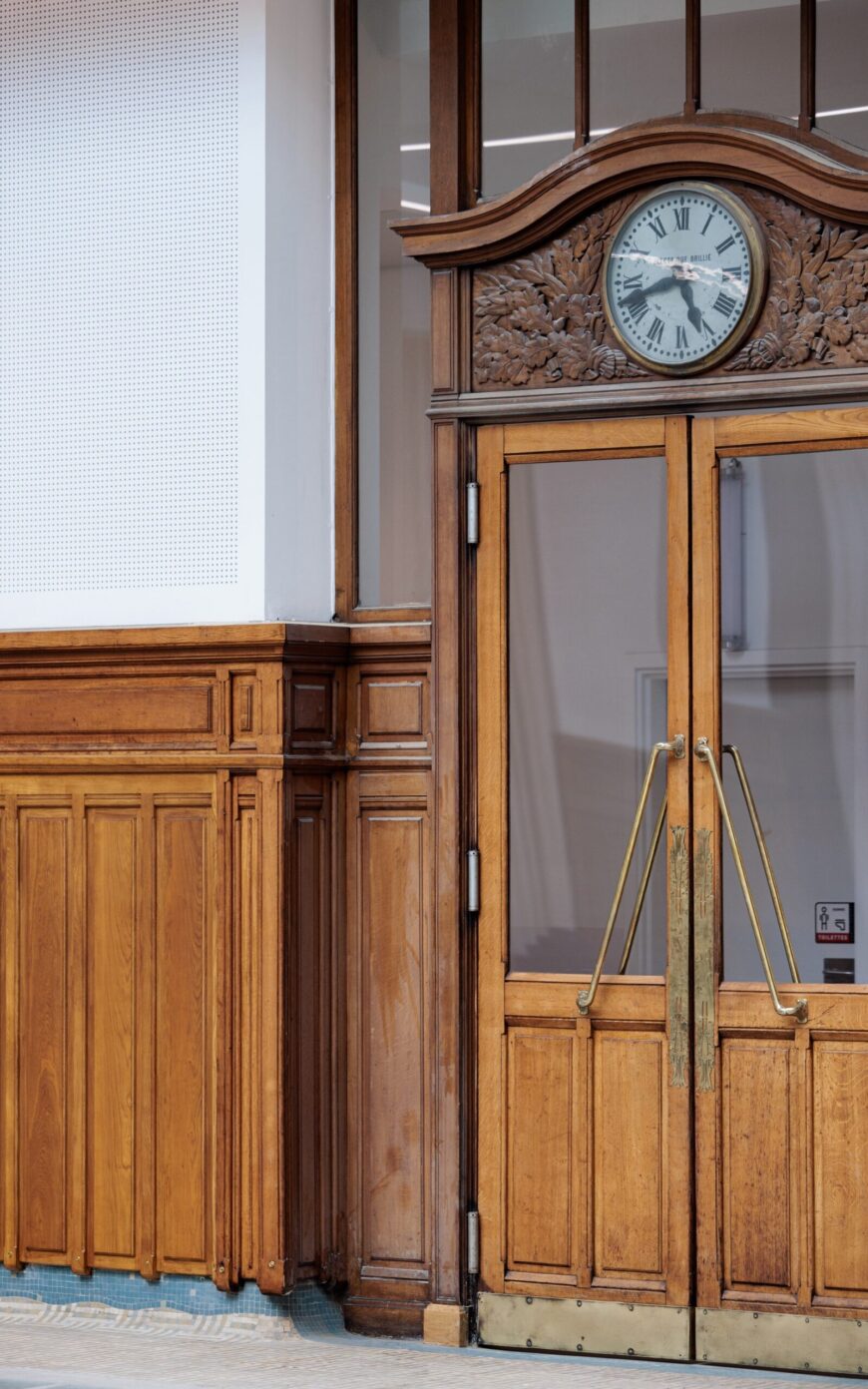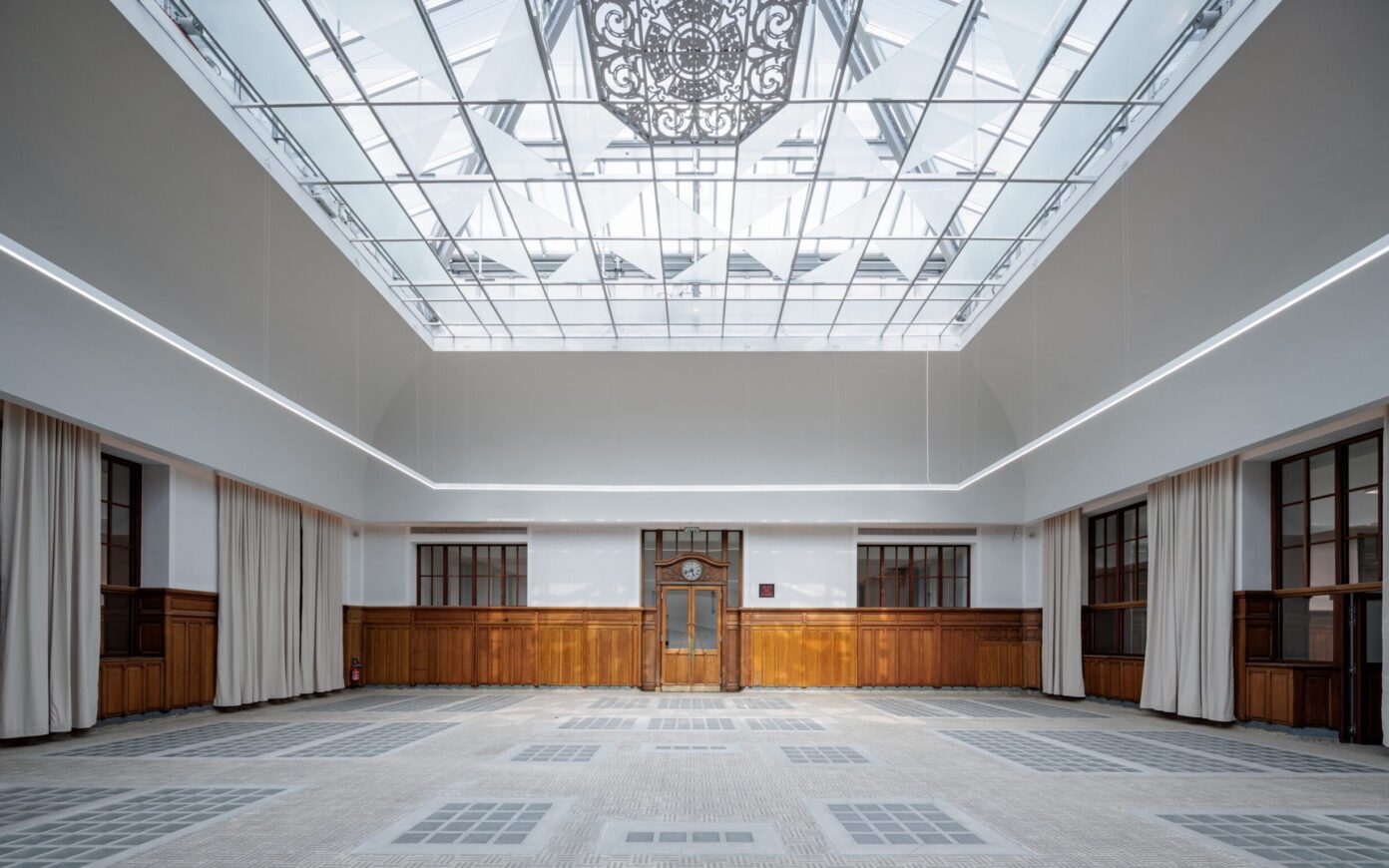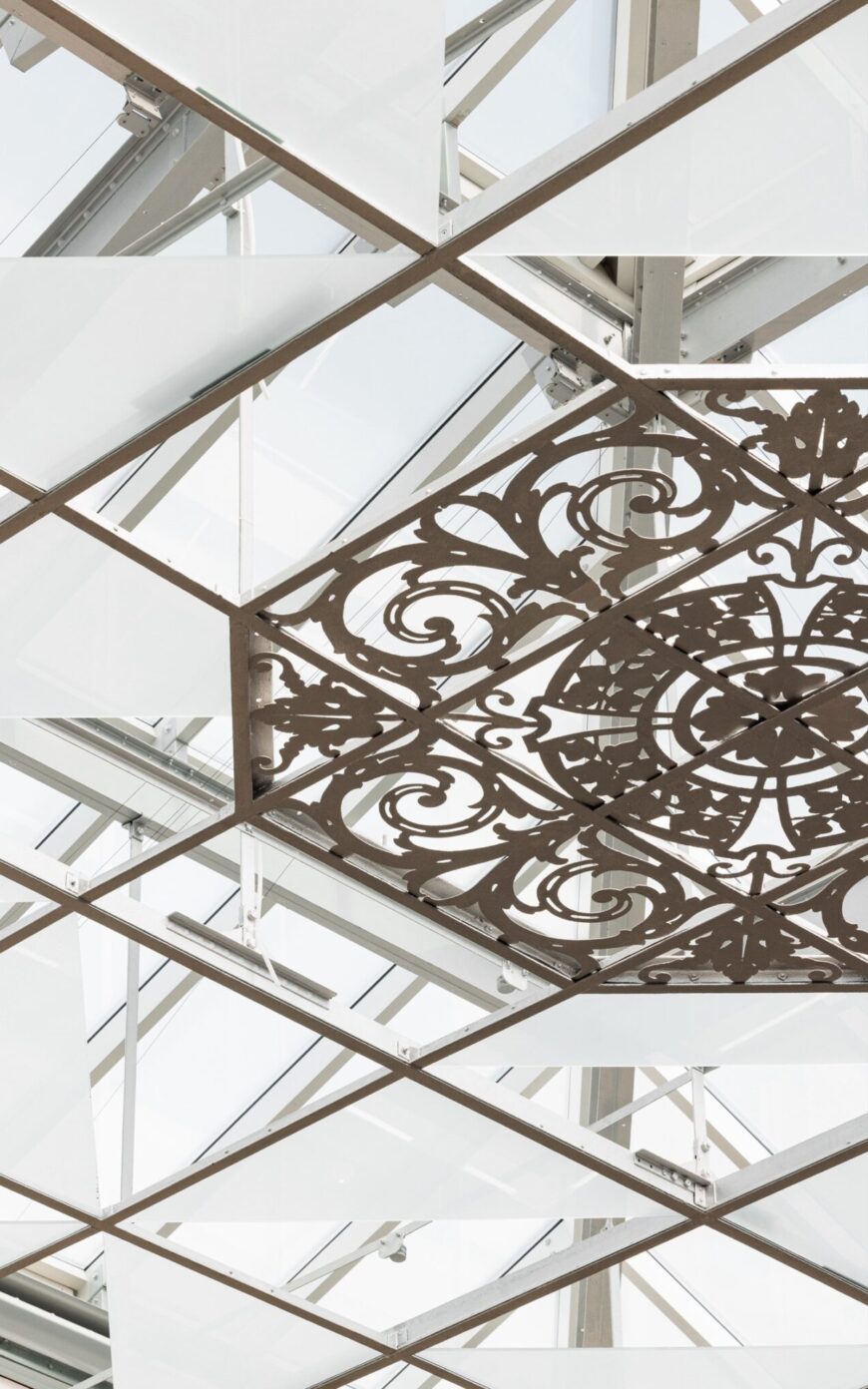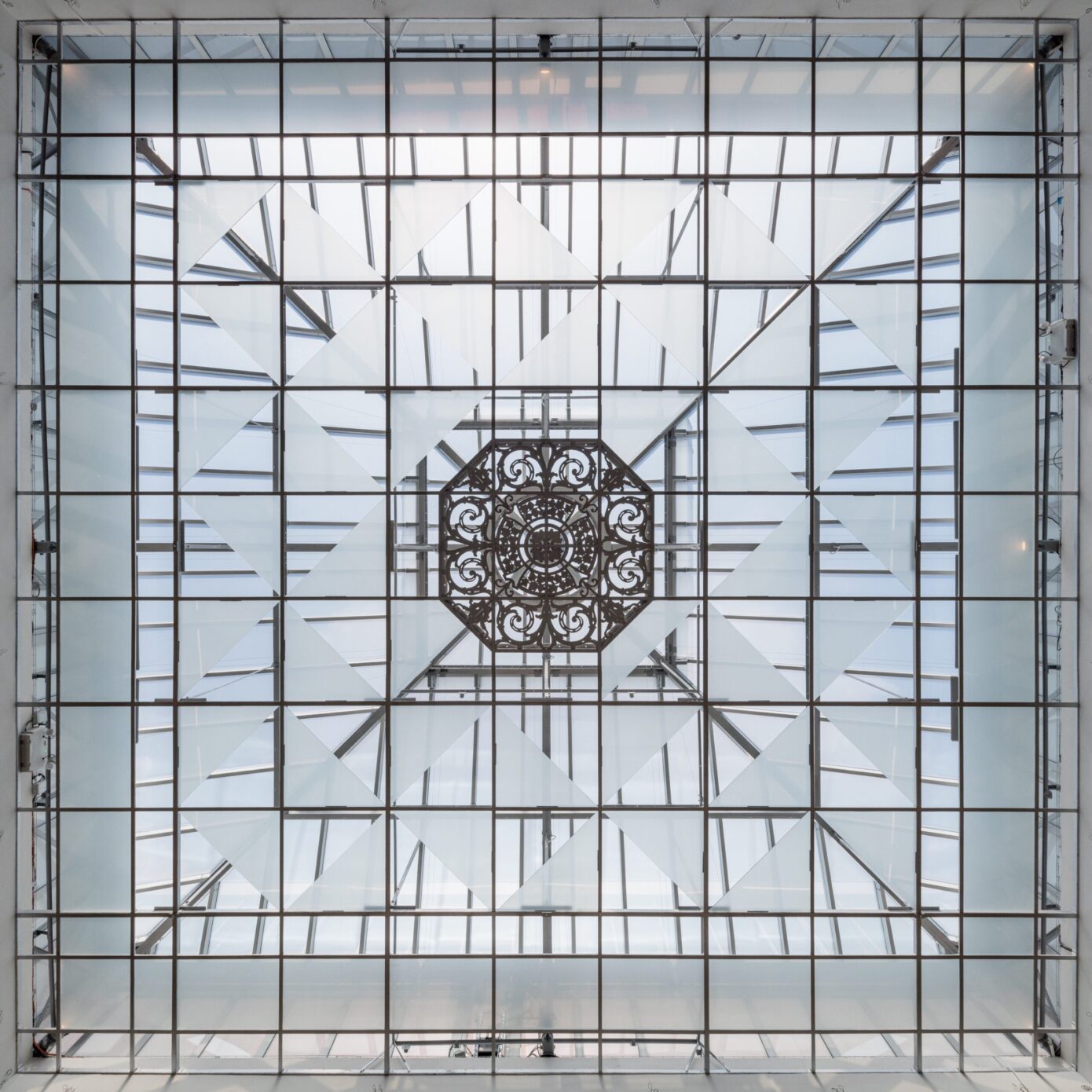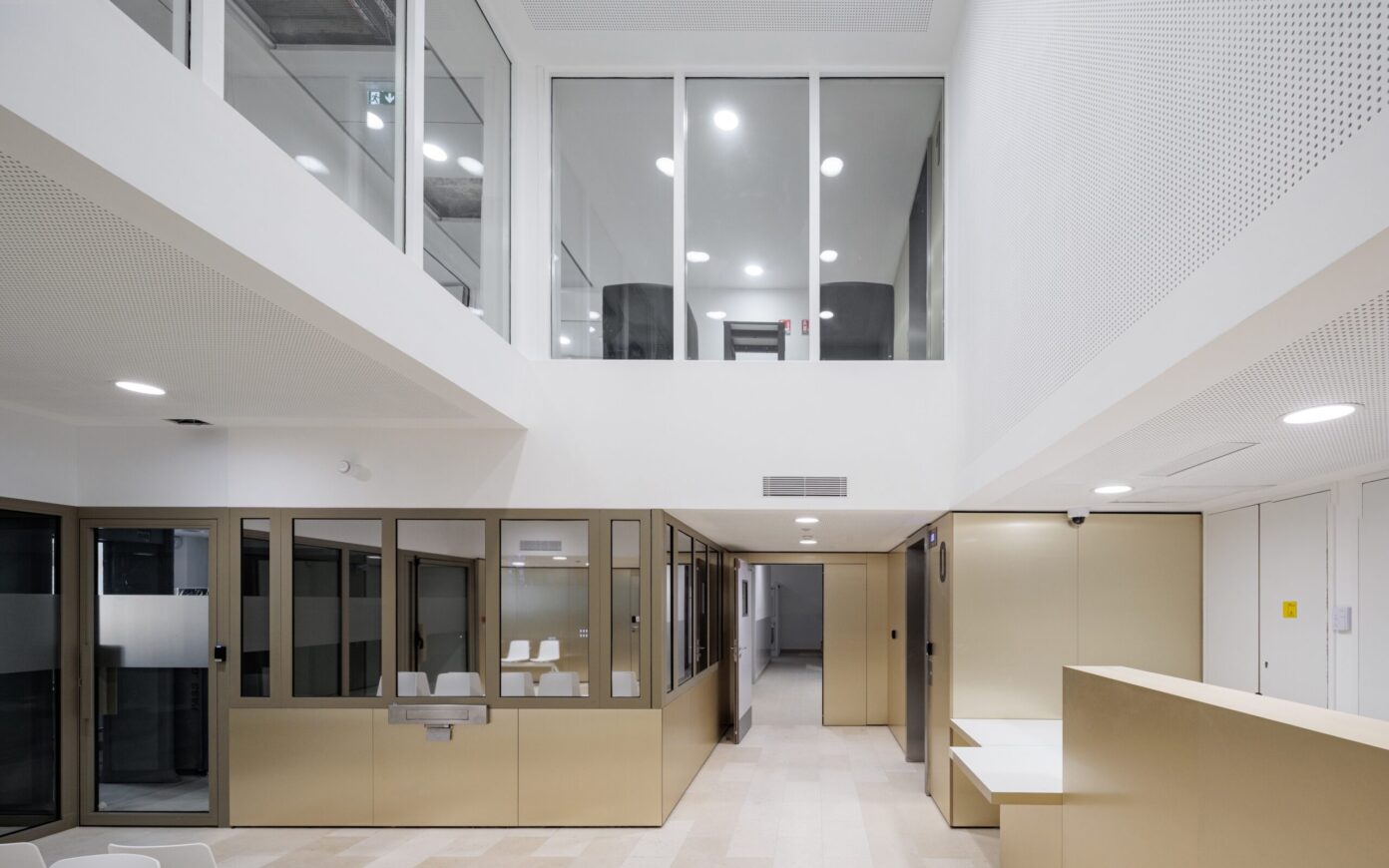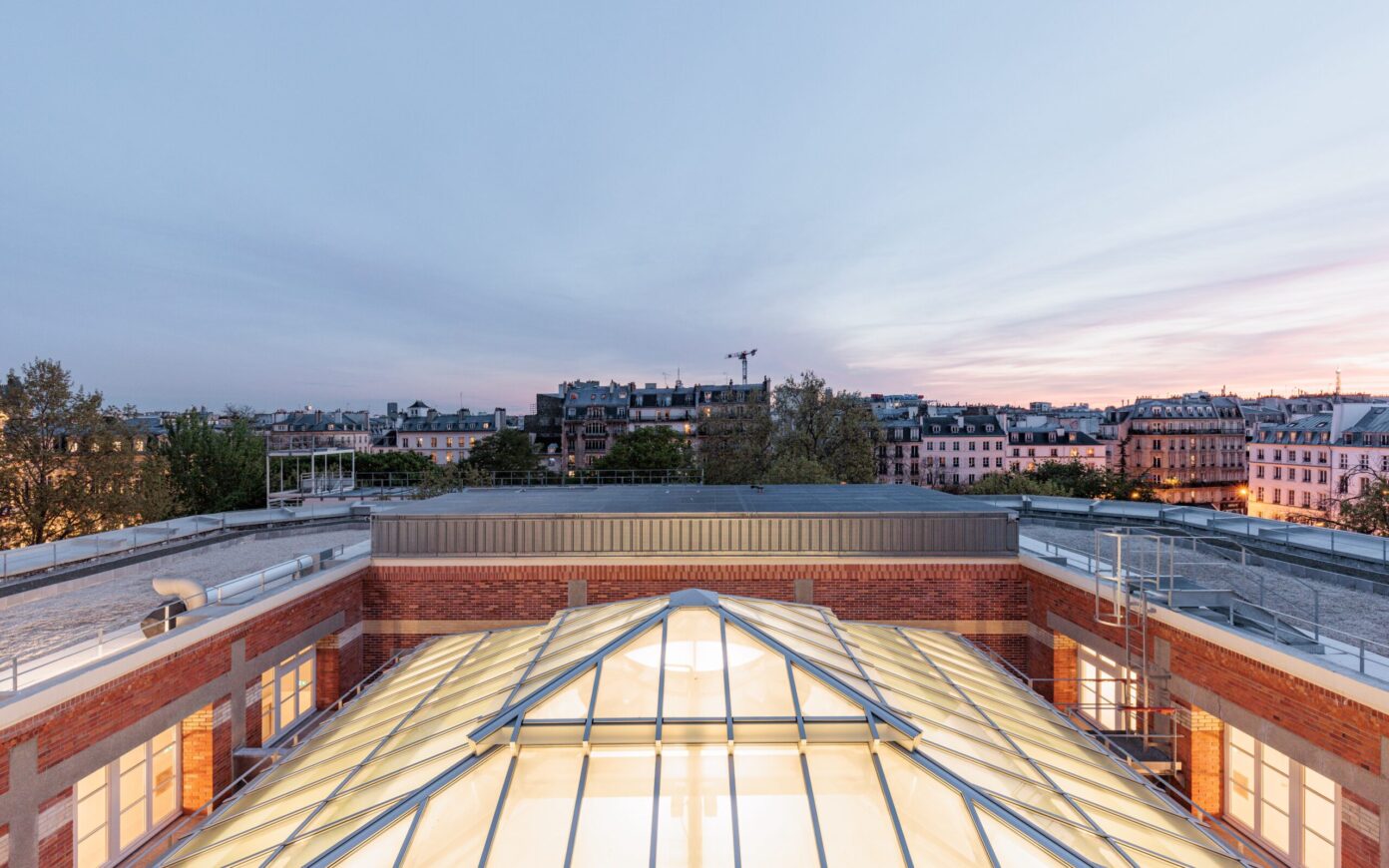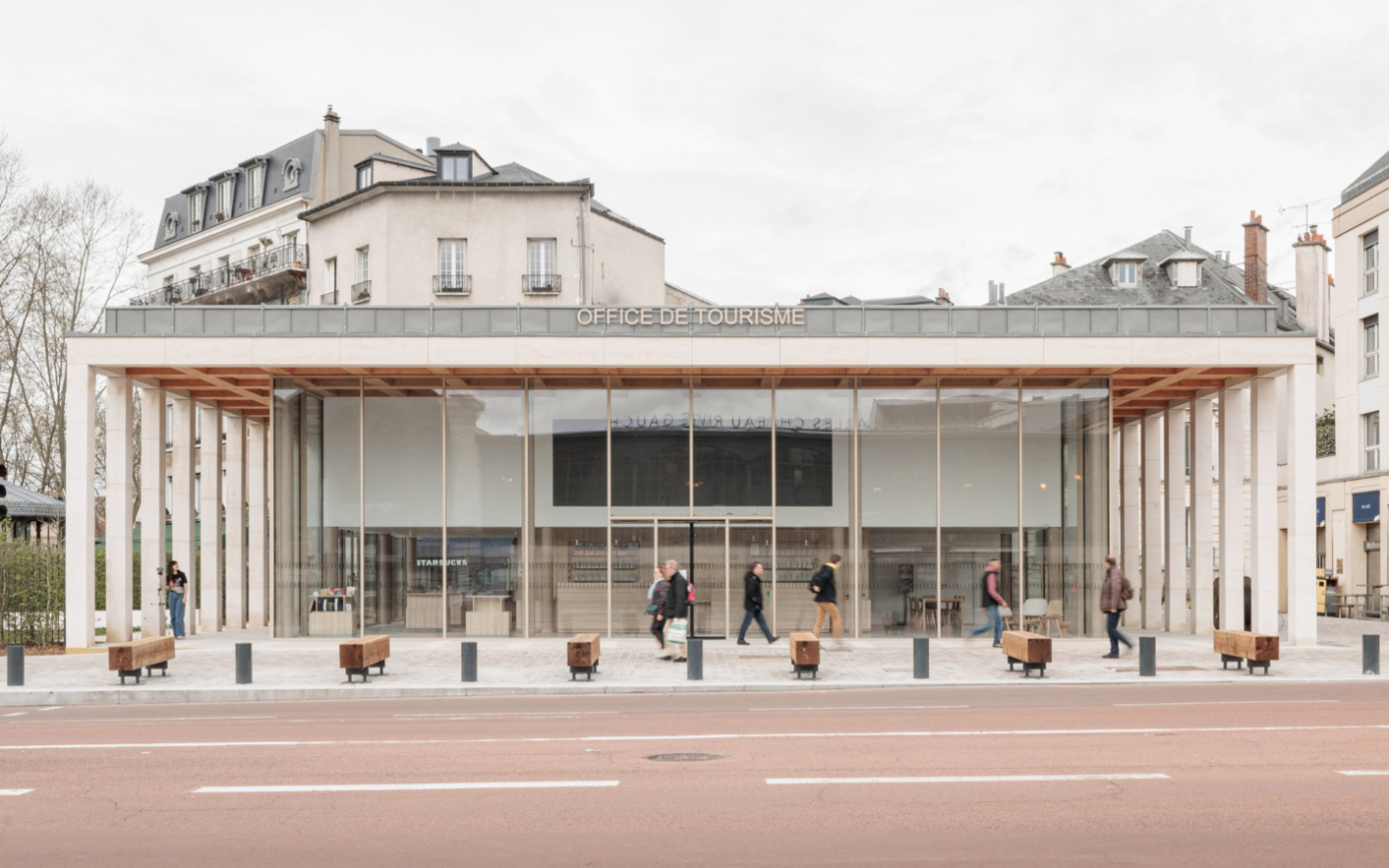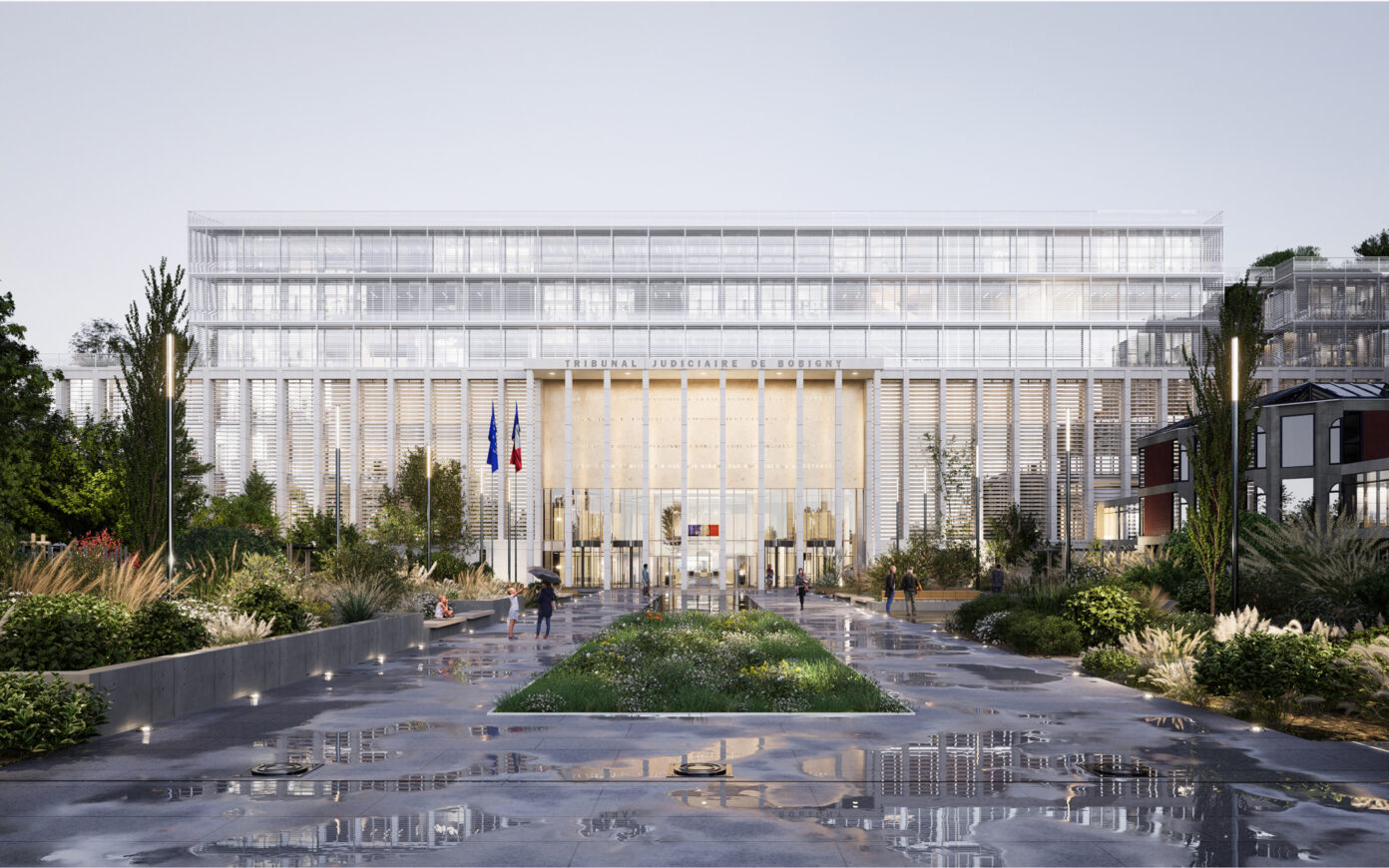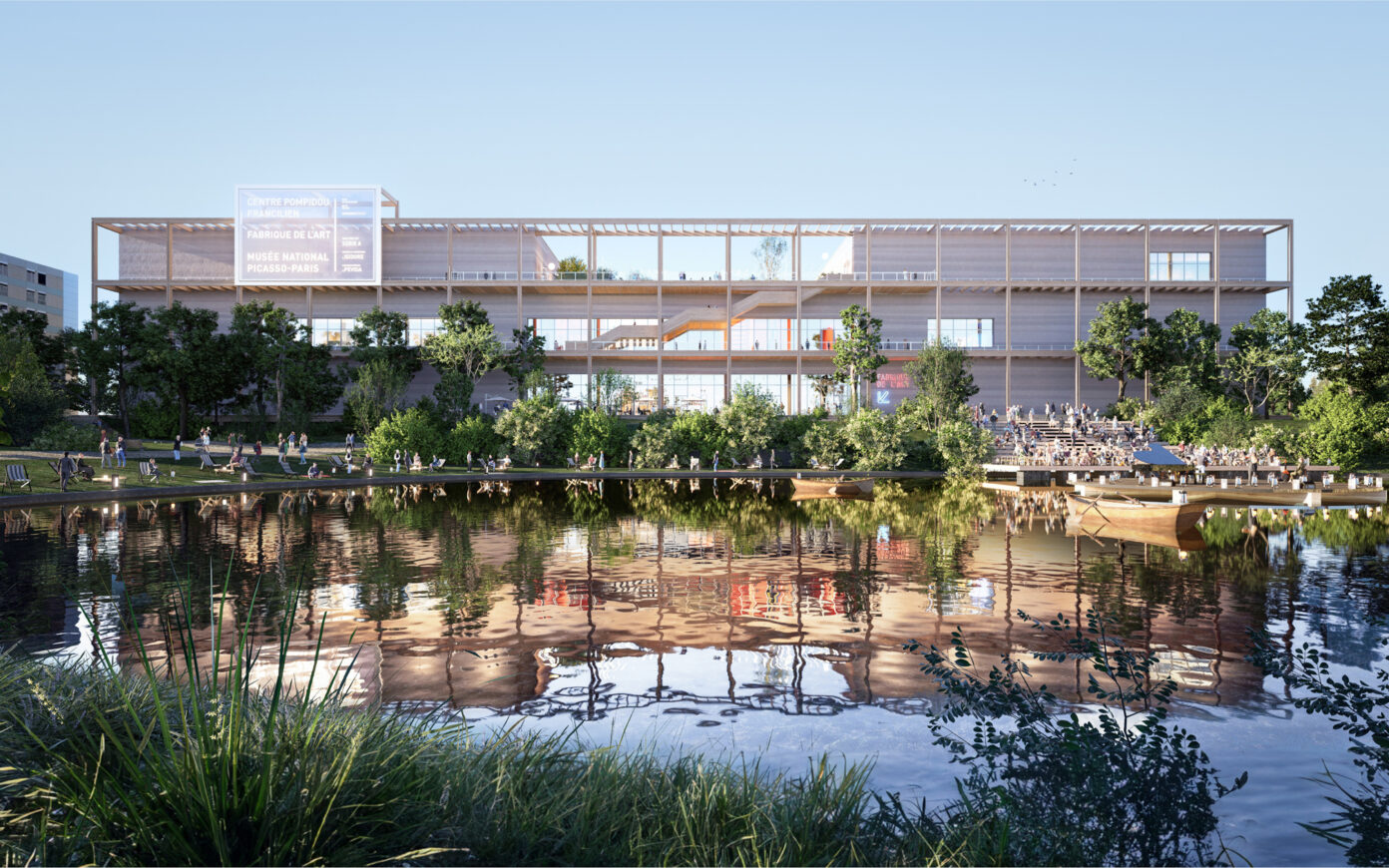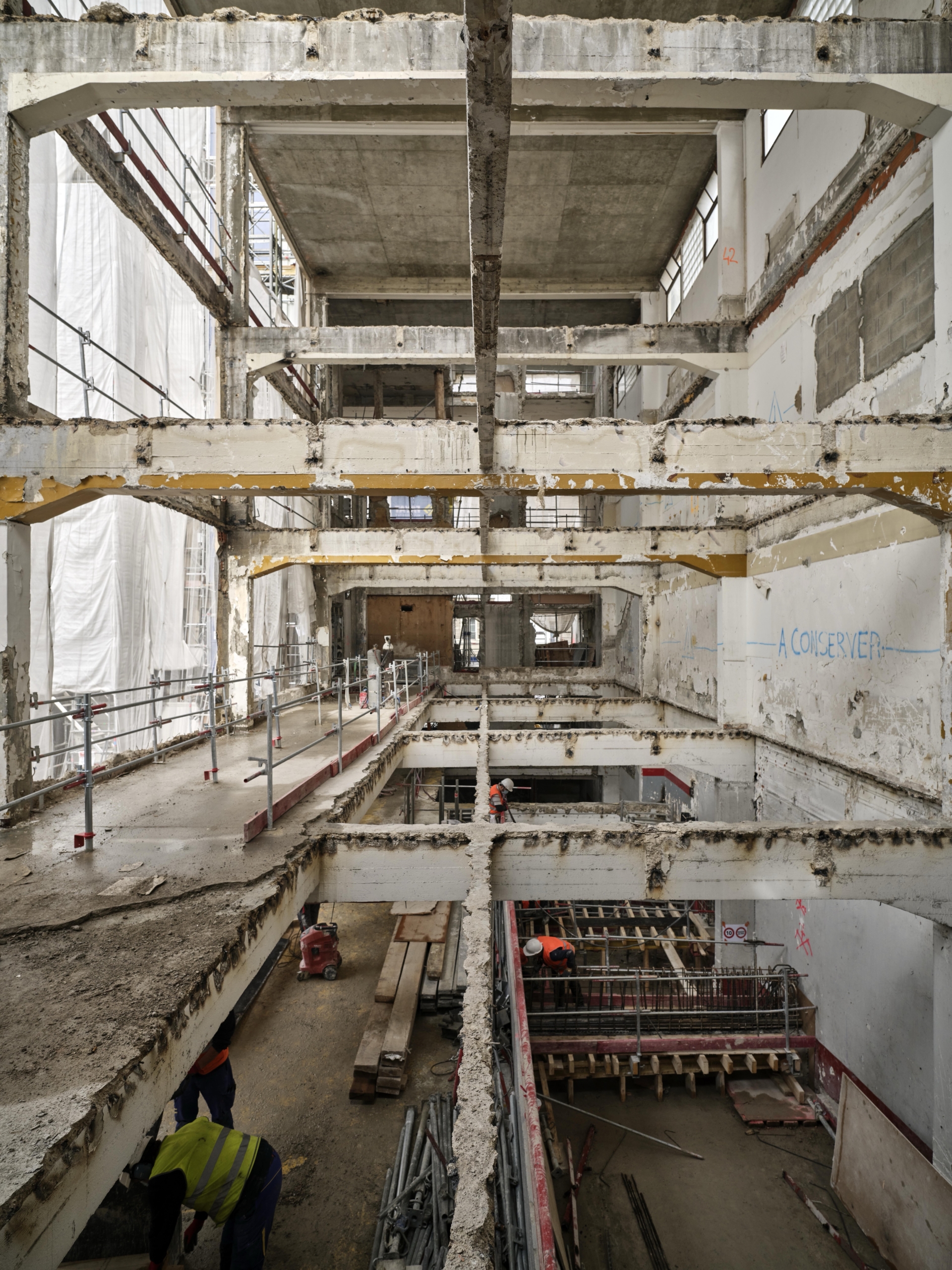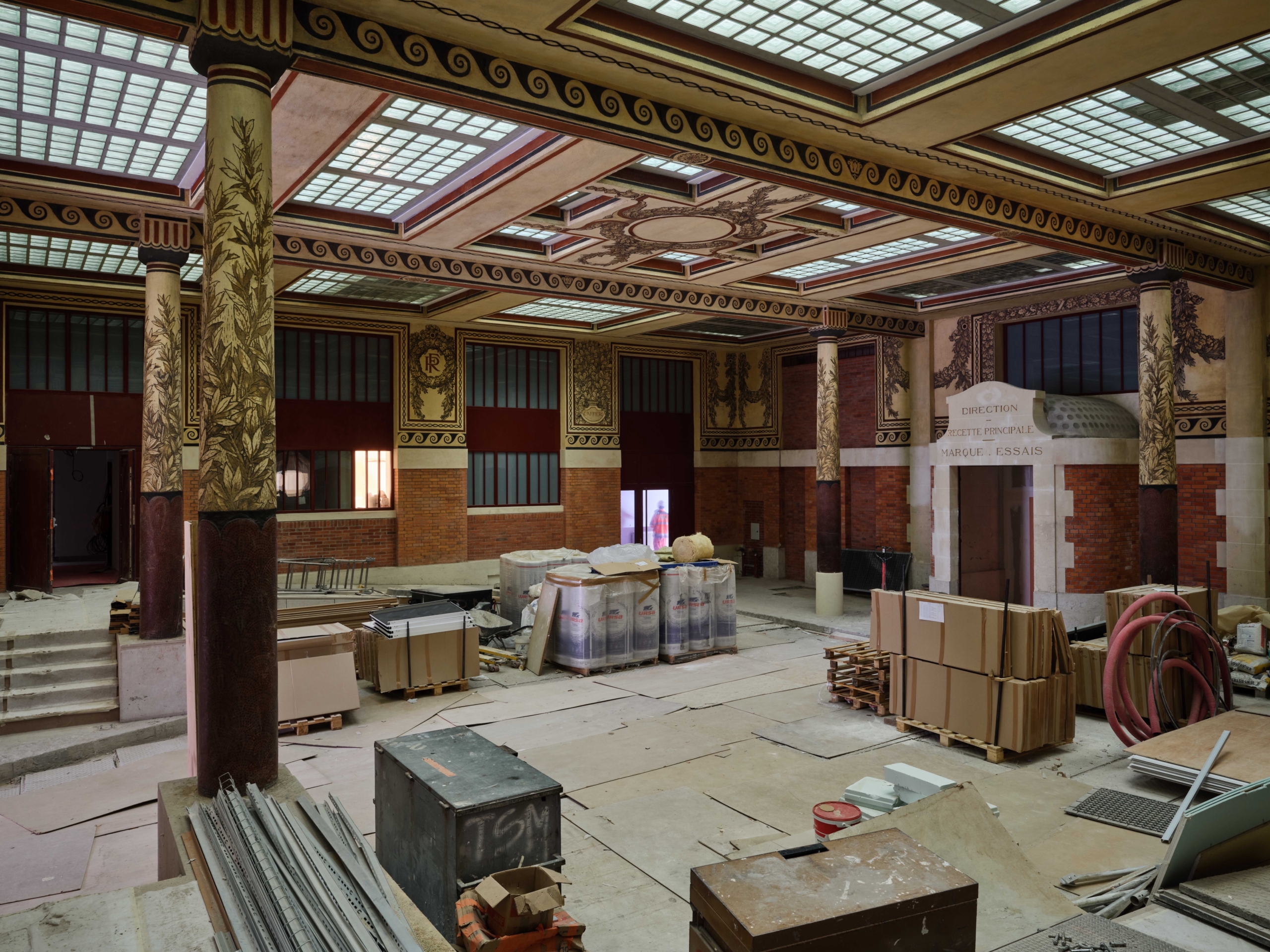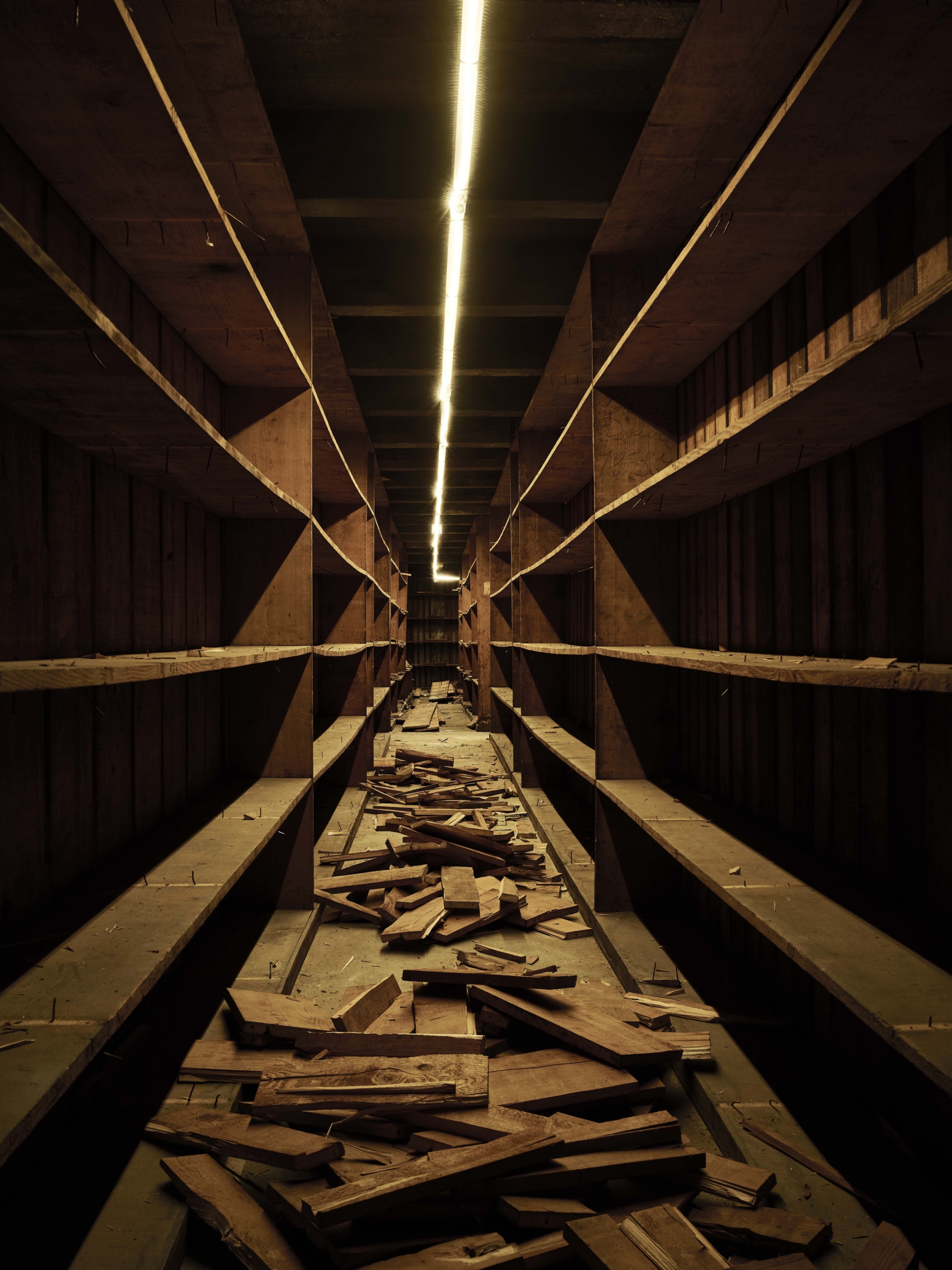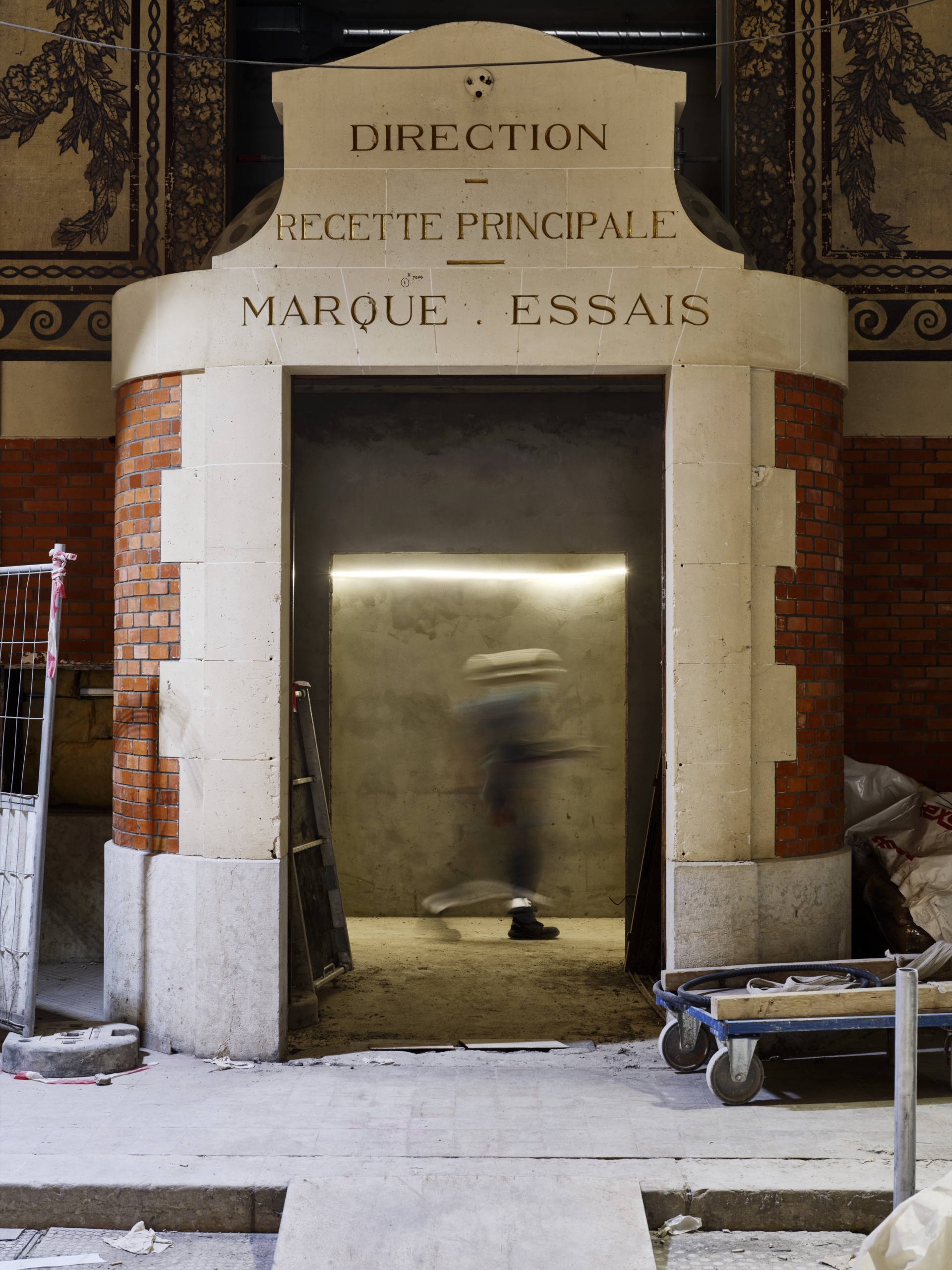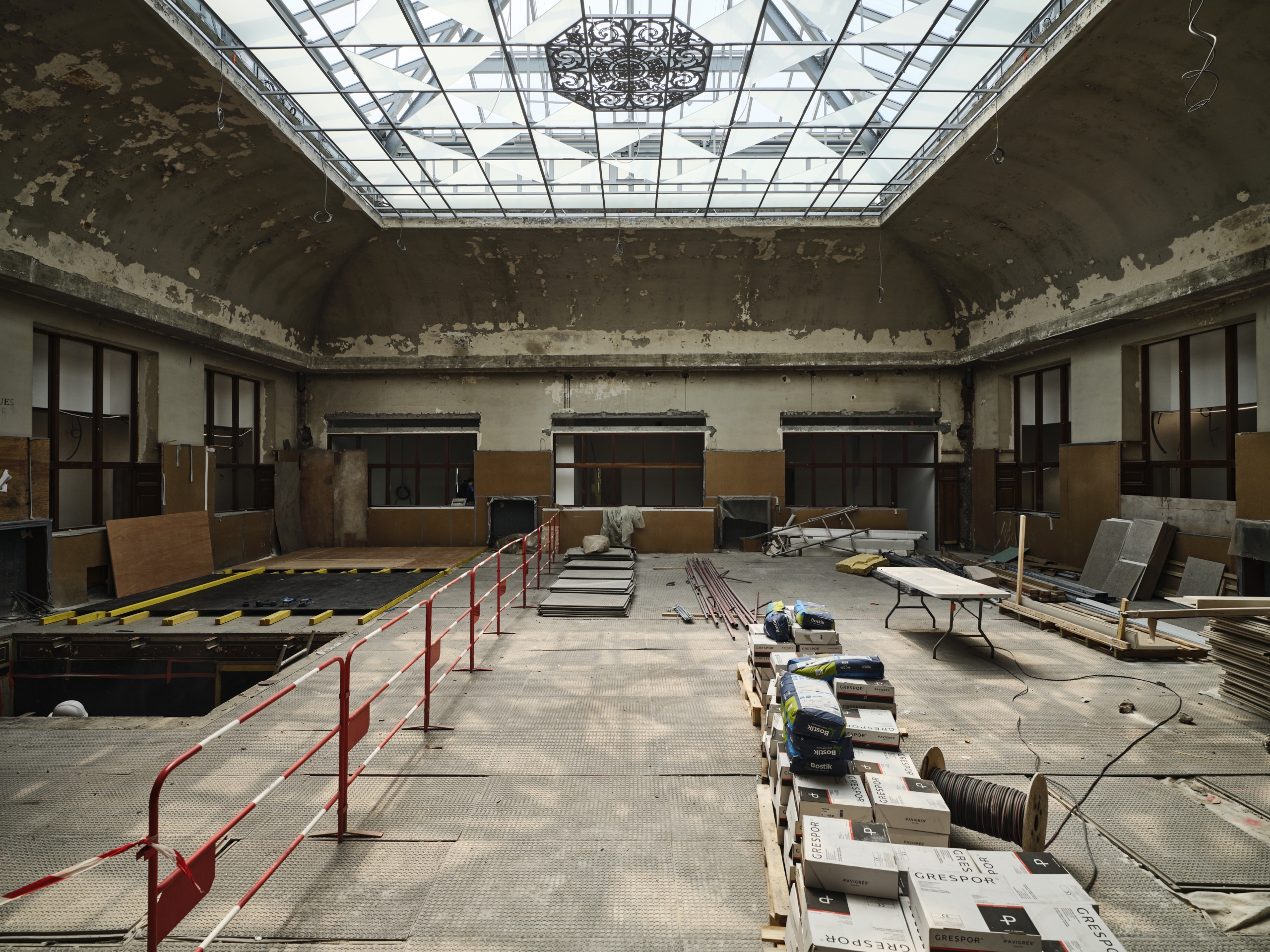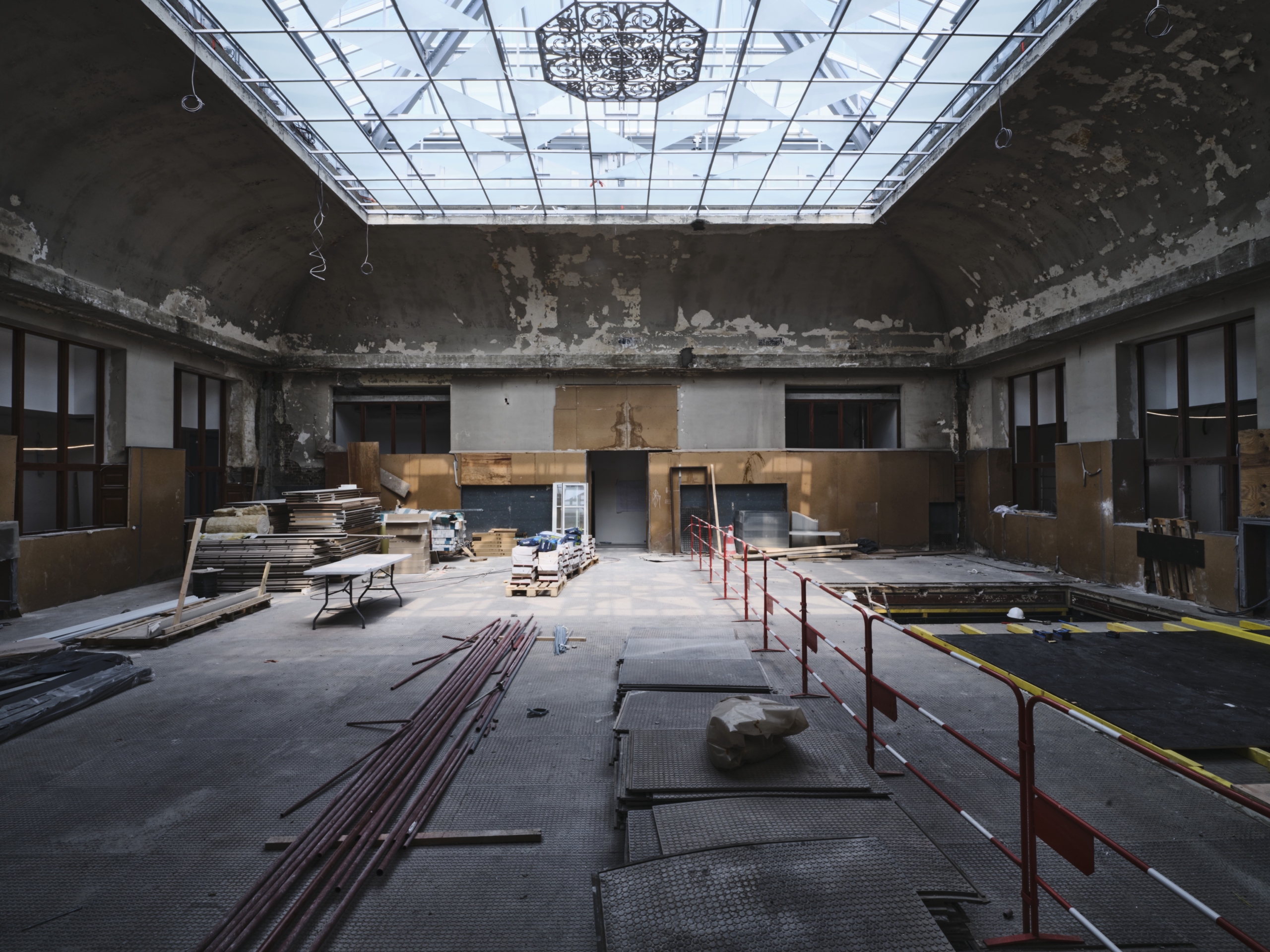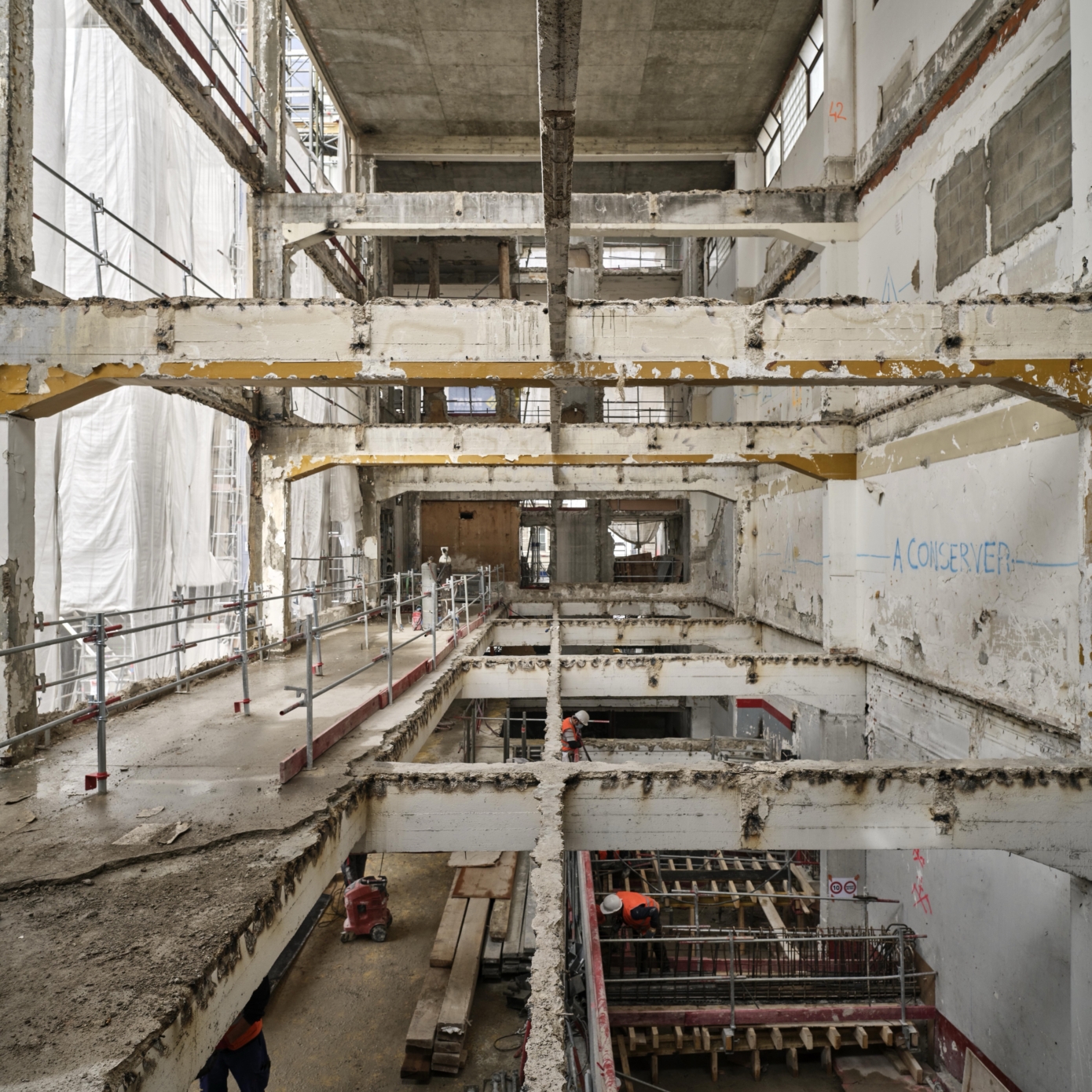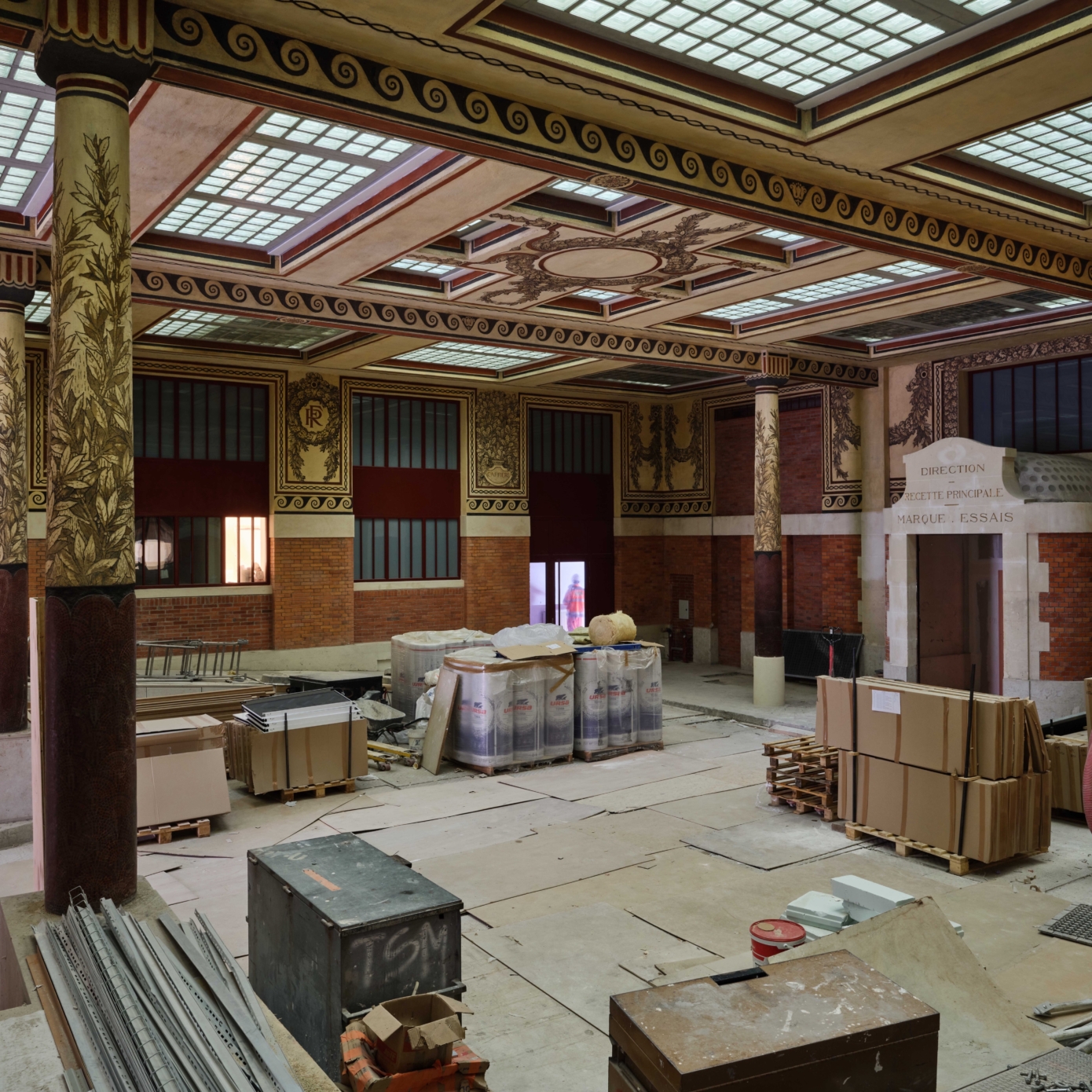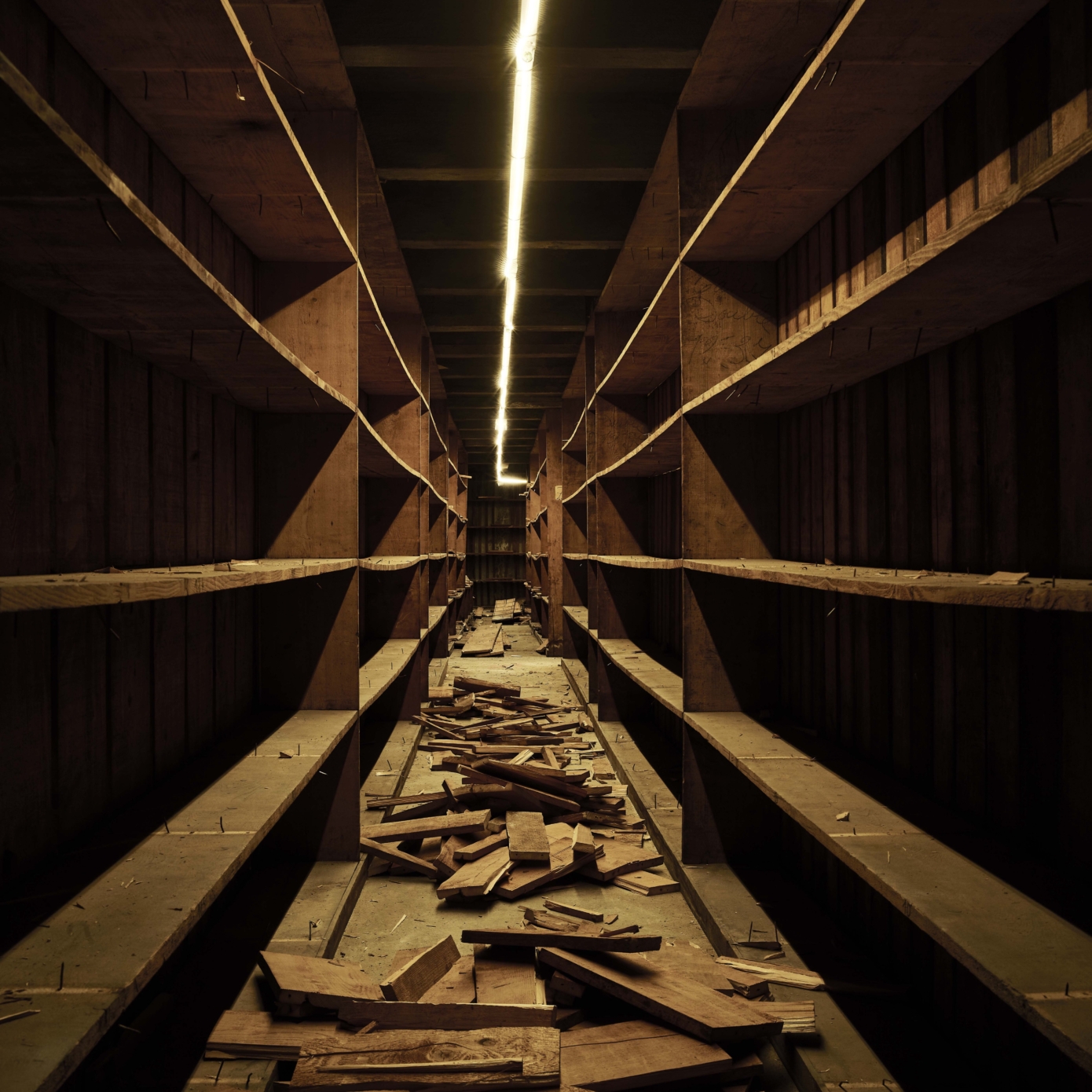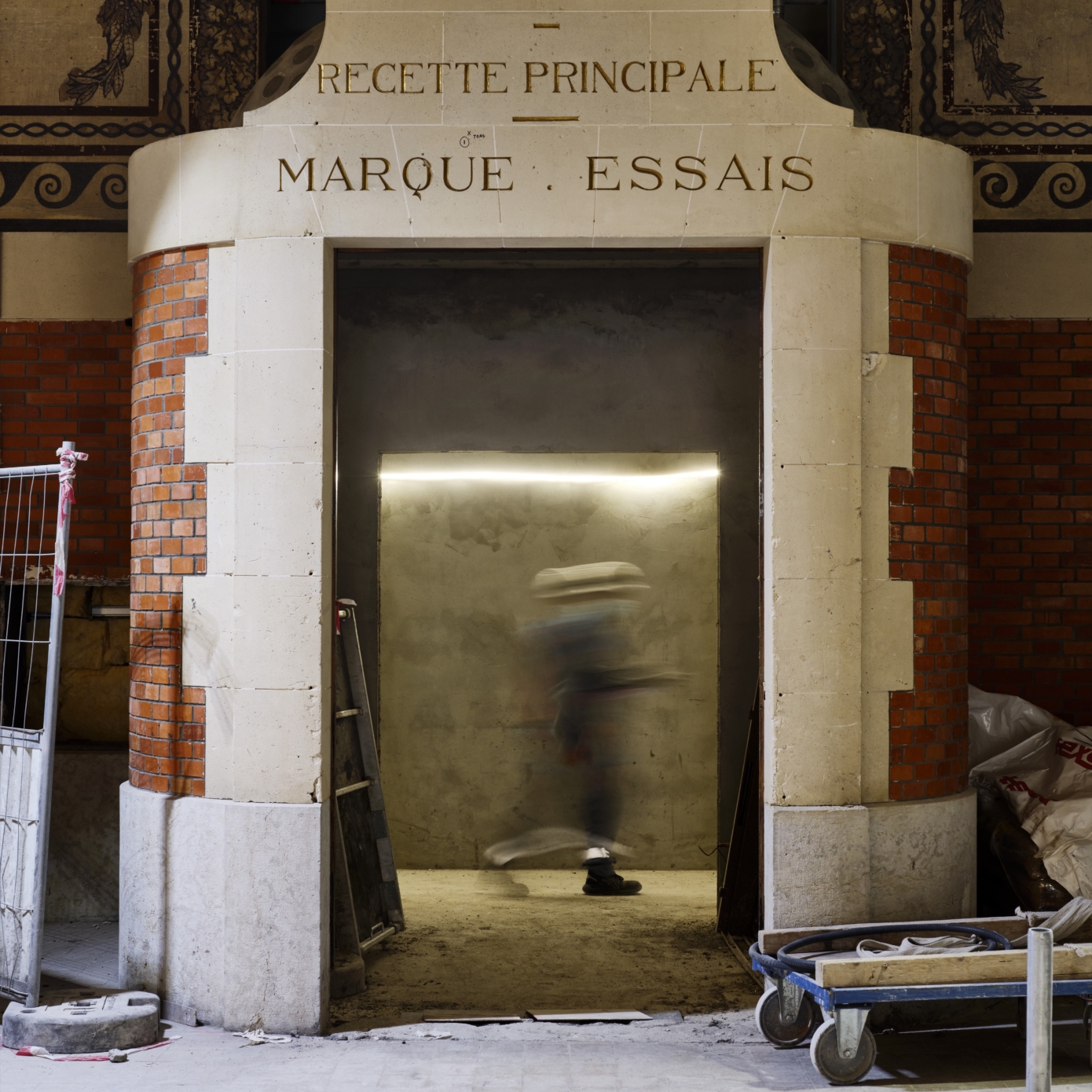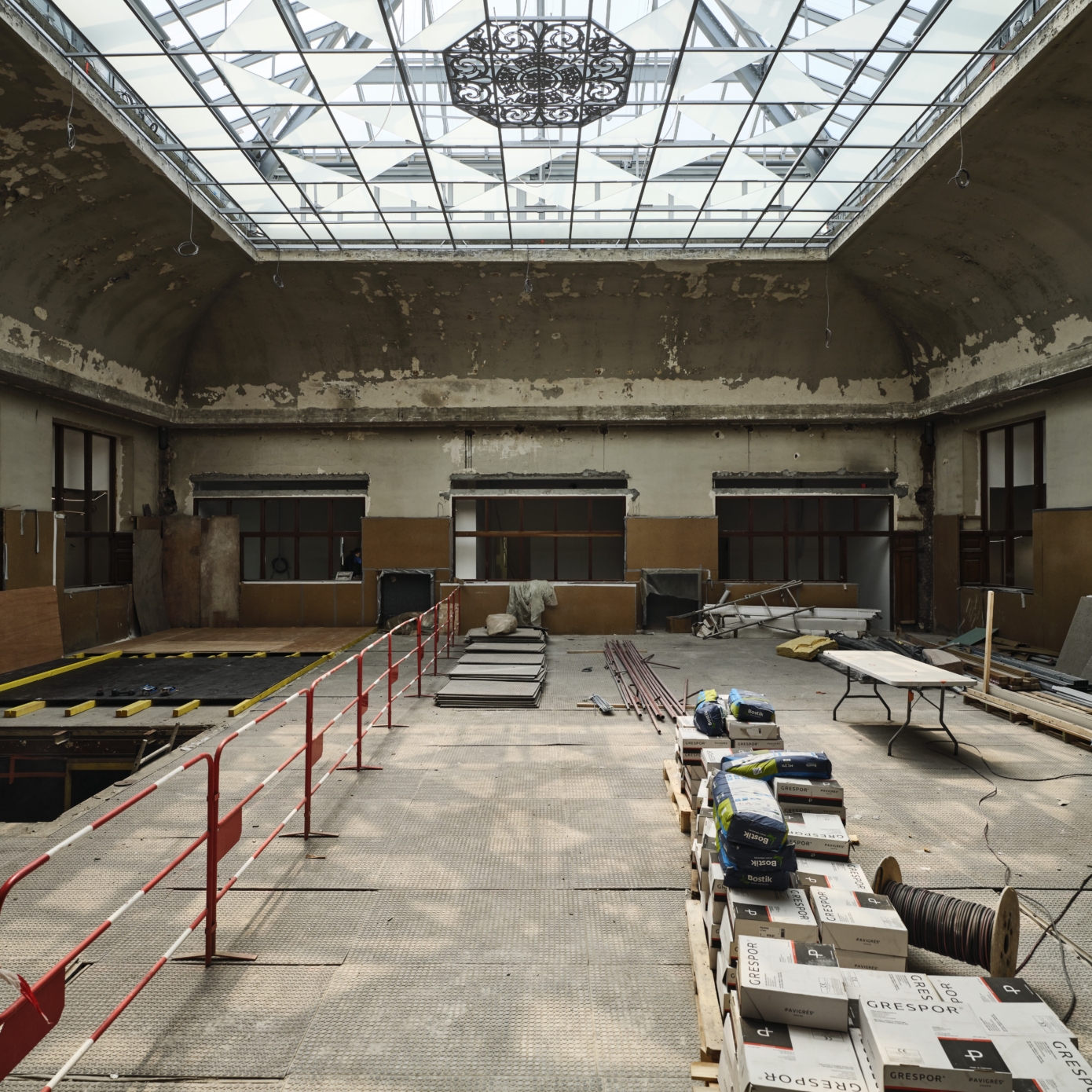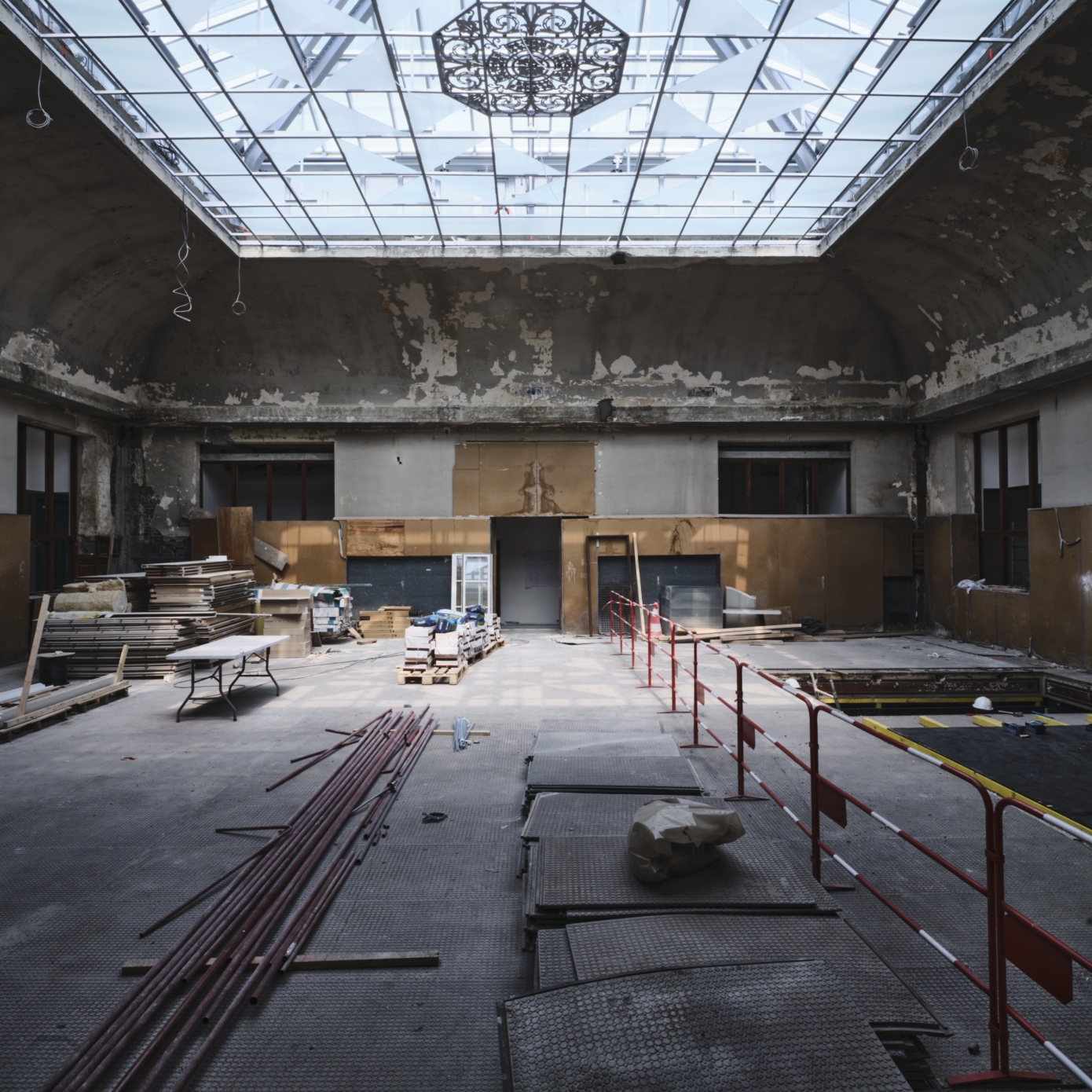The new Versailles Tourist Office is intended to improve the reception of the millions of tourists to the château, while allowing them to discover the richness and variety of the city's cultural activities. In dialogue with a contemporary grove by landscape designer Nicolas Gilsoul, PCA-STREAM reinterprets the figure of the pavilion to offer a sober and minimal building, combining modernity and classicism, as a synthesis of what Versailles can offer the world.
A new centrality for paris
Located a stone’s throw away from Place de la République, towards the Marais, the Paris Centre Police Precinct forms, along with the town hall of the same arrondissement, a new administrative hub around Square du Temple, in the continuation of the lively shopping street of Rue de Bretagne. It follows the merger of the four central arrondissements of the French capital, intended to remedy the disproportion of the historic arrondissements, which were small and sparsely populated, by forming a new arrondissement that matches the Parisian average of about 100,000 inhabitants and ultimately provides better public services.
More than an administrative redrawing, the Paris Centre arrondissement provides the French capital with a new beating heart, in line with the concept of the 15-minute city. An epitome of French tradition, the arrondissement combines culture and art de vivre thanks to an abundance of heritage treasures ranging from major museums to an extraordinary number of art galleries, luxury boutiques, and haute cuisine restaurants.
Outstanding heritage in need of an upgrade
Classical in its symmetrical composition, its imposing façade and its decorative materials, Hôtel de la Garantie is also a modern building, with its concrete structure, clad with brick and stone, the use of metal, and its glass-pane floors. A construction of this quality calls for a contemporary intervention capable of bringing outdated elements up to modern performance levels while also highlighting the original heritage elements. PCA-STREAM, has opted to restore the legibility and prestige of this outstanding 1920s complex, typical of the administrative architecture of the Third Republic, which had been adversely impacted by its successive transformations and the lack of maintenance.
The cour d’honneur was cleared of the blighting additions of the 1970s and entirely restored, including its light ocher, black and red sgraffito decor, following a scratched plaster technique that was very fashionable during the Renaissance. The decor and the atmosphere of the counter hall, turned into a call room, were fully preserved, with wooden carpentry that was refurbished, a mercury mirror that was retained, and mosaic flooring, which has been cleaned and repaired. The glass ceiling and skylight were also restored and brought up to code.
The façades were delicately restored to their original aspect, reconstructing the stonework where necessary. To the rear of the clock face on the pediment, an upward extension from the 1960s was replaced with a recessed glazed façade. Two new contemporary floors form a discrete architectural indication that the architectural approach emphasizes comfort and use over form.
Incorporating new uses
Beyond the impact on image, installing a police precinct in a building of this quality emphasizes the value lent to the work of police officers and the respectful approach to heritage. Opening the building to new uses has made it possible to design a functional, well-lit, and pleasant complex, while promoting well-being at work, ease of communication between services, and a better relationship with the public.
The challenge was to fulfill the expectations of the Paris Police Prefecture in a heritage building without resorting to any external modification. The constrained program of the building, intended primarily as a tool, is made more complex by the intersecting user flows, characterized by a need to bring together functionality and security by differentiating trajectories, and those of individuals held in police custody. The circulations around the floors are rearranged around the central atrium space in order to benefit from the indirect light provided by the skylight and to highlight the call room. The floor plate levels are harmonized, and vertical circulations redeveloped, which helps improve foot traffic and shortens distances between services. The Paris Centre Police Precinct will thus offer a new standard in terms of working conditions for the 600 police officers it will accommodate across different shifts.
Pursuing sustainability
Based on rehabilitation, the project is, by essence, sustainable in character as it obviates the carbon footprint of a new build. In a constrained heritage context, the main objective was to work on the durability of the building using environmentally friendly materials (such as the wood of the exterior fittings). The low environmental impact intervention was carried out with minimal demolitions, optimizing waste, and reclaiming materials for reuse. The energy performance levels of the building rely on approaches such as connecting the building to the CPCU and Climespace heating and cooling networks, using low-consumption equipment, the solar protection of exposed glazing, and improved insulation.
The rooftop is partly planted, which helps improve the treatment of stormwater, contributes to improving urban biodiversity, and mitigates heat island effects. Under the guidance of the League for the Protection of Birds, the discovery of crevices used by swifts to nest in led to setting up birdhouses and nesting boxes in the construction site facilities, then to reintegrating nesting sites into the restored façade.
-
Client
Préfécture de Police
-
Program
Restructuring and rehabilitation of the Perrée building to accommodate the new Paris Centre police station
-
Location
1 rue Gabriel Vicaire, 75003 Paris
-
Mission
Full mission
-
Surface
6 500 m²
-
Status
Delivered
-
Company
Eiffage Construction
